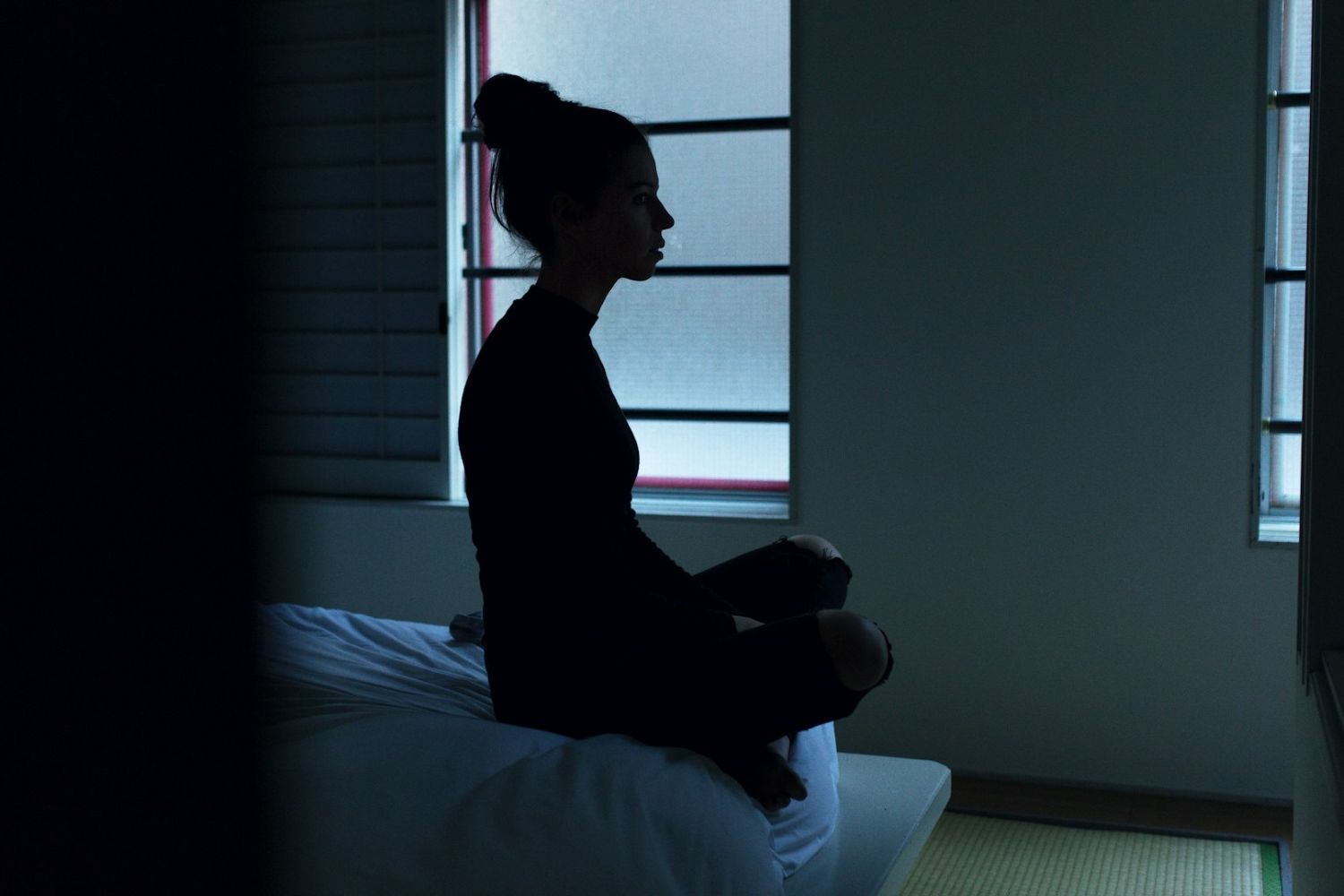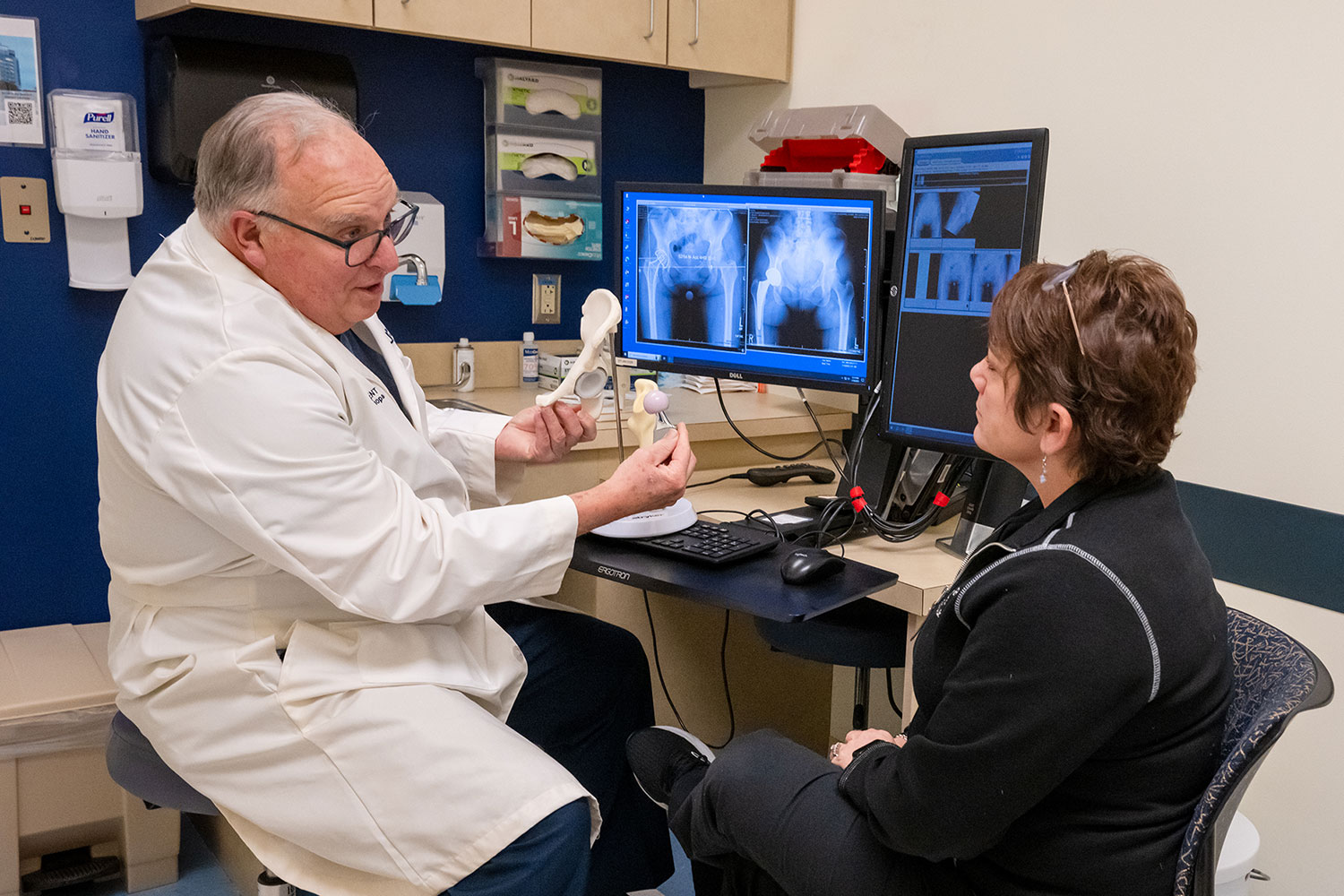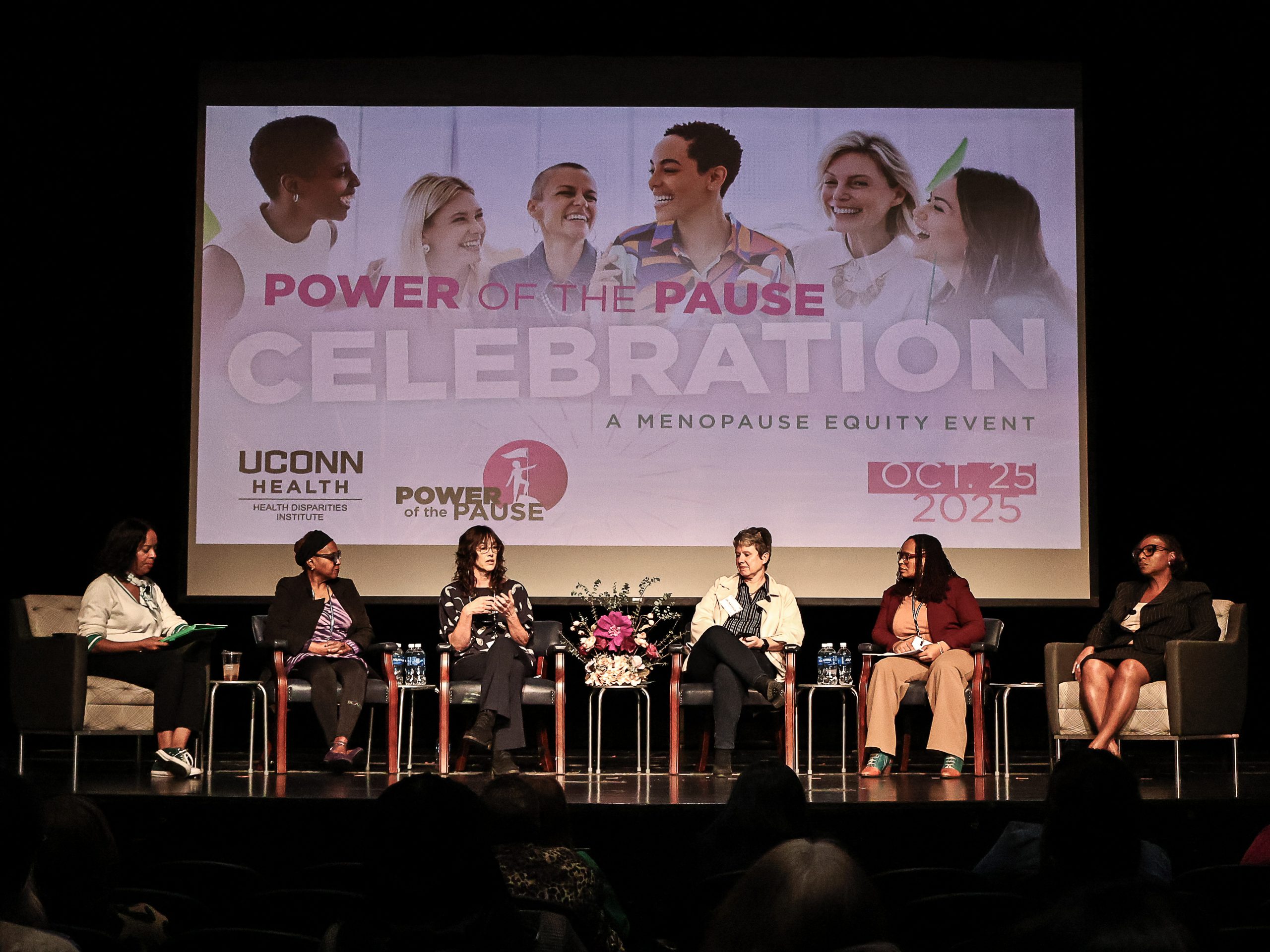Insufficient Sunlight Exposure Linked to Higher Rates of Suicide
As the days are getting shorter, many people suffer from seasonal affective disorder (SAD), a kind of depression associated with the change of seasons and reduced hours of daylight in the fall and winter.
Despite this well-documented phenomenon, researchers have established a positive correlation between length of day and suicide rates. Suicide rates are, counterintuitively, highest in springtime.
A new study by Shinsuke Tanaka, assistant professor in the College of Agriculture, Health and Natural Resources’ (CAHNR) Department of Agricultural and Resource Economics, approached the connection between sunlight and suicide from a different angle.
This work was published in the Journal of Health Economics.
“The literature has shown a positive association between sunlight and suicide, and I thought that just doesn’t make sense,” Tanaka says. “It’s got to be something related to the seasonality.”
Rather than looking at the hours of daylight throughout the year, Tanaka used 25 years of meteorological data at the county level from throughout the continental United States to assess the connection between sunny days and suicide rates.
Using this approach, Tanaka found a strong correlation between more sunlight exposure and lower suicide rates.
“This is the first empirical evidence to show the negative association between sunlight and suicide,” Tanaka says. “So, it highlights the mental health benefits of sunlight exposure.”
The data Tanaka looked at used NASA satellite information to measure the amount of solar radiation that reaches the earth’s surface in each county – essentially a measure of how sunny it was on a given day. This is a fundamental shift from previous studies.
“The literature predominantly used daylight hours, the difference between sunrise and sunset, as a proxy for sunlight,” Tanaka says. “That’s a difference with our study. When it rains, when it’s cloudy, the sunlight goes down. I used a more precise measure of solar energy that reaches the surface.”
Tanaka found that if sunlight exposure decreased by one standard deviation, the suicide rate increased by 6.76%. This estimate captures the combined impacts in the previous and current month.
This effect size is comparable to other known risk factors such as firearm regulations, the existence of suicide prevention programs, and unemployment.
“Our estimates are pretty comparable to those estimates,” Tanaka says. “So, sunlight has a pretty big impact, just like other major interventions.”
Tanaka also found that Google searches for terms like “depression” and “suicide” increased when the amount of sunlight decreased.
This is a major addition to the literature on suicide risk factors as suicide remains the only major cause of death in the U.S. that is increasing rather than decreasing over time.
“Studies have shown that people are spending more time indoors and that’s not good,” Tanaka says. “We have to think about the costs and benefits of sunlight exposure and get a good amount of sunlight exposure for our mental health.”
This work also has implications for the development of solar geoengineering technologies. These technologies aim to reduce the impact of global warming by blasting particles into the atmosphere that would block sunlight, cooling the earth in a way similar to volcanic eruptions.
“The implications aren’t really known,” Tanaka says. “By reducing sunlight, we present that there is this mental health problem. So, our findings highlight the potential cost of adopting solar geoengineering.”
If you are struggling with severe depression or suicidal thoughts, UConn Health and its psychiatry experts urge you to alert your psychiatric provider immediately. If you do not have a provider, get help by calling: 9-1-1, 2-1-1, or the national Suicide & Crisis Hotline 988, or visit your nearest Emergency Department where health care providers are always standing by to help you stay safe.
This work relates to CAHNR’s Strategic Vision area focused on Enhancing Health and Well-Being Locally, Nationally, and Globally.
Follow UConn CAHNR on social media
Latest UConn Today
- UConn John Dempsey Hospital Recognized for Exceptional Clinical PerformanceSepsis, pneumonia, hip fracture care, and GI surgery earn 5 stars from Healthgrades
- Being Seen, Feeling Seen: Summit Examined Complicated, Far-Ranging Intersections of Sport and Human RightsHuman Rights Summit features perspectives from athletes, academics, and industry experts
- Protein Powders and Shakes Contain High Amounts of Lead, New Report Says – A Pharmacologist Explains the DataPowder and ready-to-drink protein sales have exploded, reaching over US$32 billion globally from 2024 to 2025. Increasingly, consumers are using these protein sources daily.
- Professor Sir Cato T. Laurencin is Plenary Speaker at AAMP ConferenceUConn Professor Sir Cato T. Laurencin was the Plenary Speaker at 39th Annual Association for Academic Minority Physicians, Inc. Conference in Alexandria, VA.
- RNA Tech Could Make Fast Test for Alzheimer’s DiseaseWith Alzheimer's beginning well before symptoms appear, early detection would be a crucial benefit for patients and doctors
- Power of the Pause Celebrates Menopause Equity, Joy and CommunityHundreds from Across Connecticut Gathered for the Free Community Event Hosted by the UConn Health Disparities Institute













